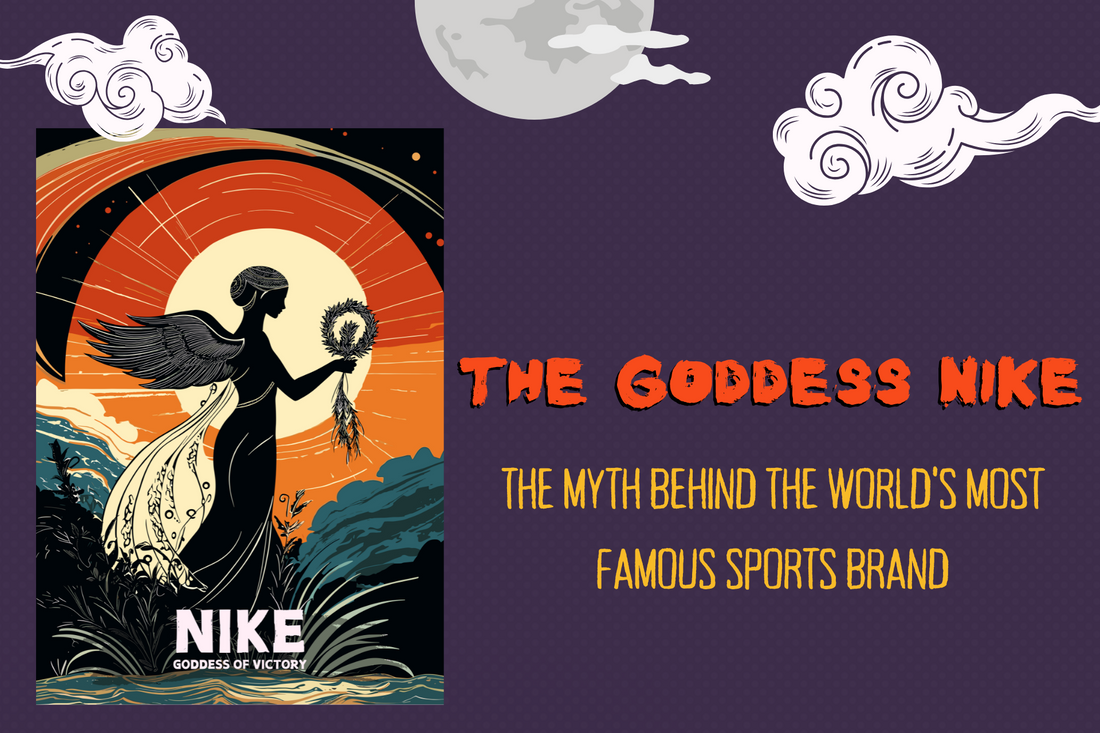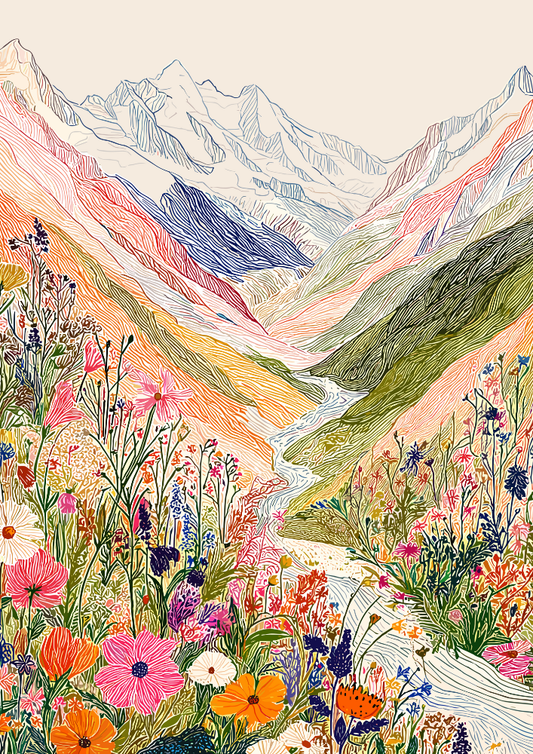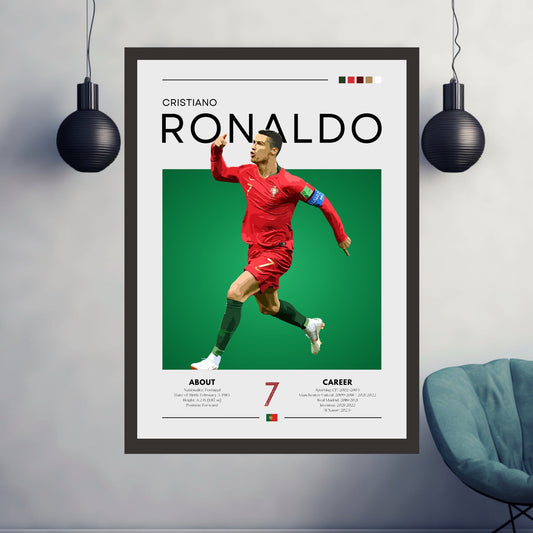
The Goddess Nike: The Myth Behind the World's Most Famous Sports Brand
Share
The name Nike is instantly recognizable worldwide. It represents speed, power, and victory, adorning everything from elite athletic gear to casual streetwear. But before Nike became a global sportswear giant, the name belonged to a Greek goddess—Nike, the Winged Goddess of Victory.
In this article, we’ll explore the mythology of the goddess Nike, her symbolism in ancient Greece, and how she inspired one of the most influential brands in history.
Who Was the Goddess Nike?
In Greek mythology, Nike (pronounced "Nee-kay") was the Goddess of Victory, embodying success, speed, and strength. She was often depicted as a winged figure, soaring through the skies and delivering victory to gods and mortals alike.
Nike was the daughter of the Titan Pallas and the river goddess Styx. She played a significant role in the Titanomachy, the great battle between the Titans and Olympians. Nike, along with her siblings—Kratos (Strength), Bia (Force), and Zelus (Zeal)—sided with Zeus. As a reward for her loyalty, Zeus granted Nike the divine role of delivering victory in battles and competitions.
Nike’s Role in Ancient Greece
Nike was revered throughout ancient Greece, especially in military and athletic contexts. She symbolized:
- Victory in war – Soldiers prayed to Nike before battles, hoping for her favor.
- Success in sports – Athletes competing in the Olympic Games often dedicated their victories to Nike.
- Divine speed and power – Her wings represented swiftness, a quality desired by both warriors and athletes.
One of the most famous representations of Nike is the Winged Victory of Samothrace, a stunning marble statue displayed in the Louvre Museum. This masterpiece captures Nike in motion, as if she has just descended from the heavens to crown a victorious hero.
Nike’s Influence on the Sportswear Giant
Fast forward to 1964, and two visionaries—Bill Bowerman and Phil Knight—founded Blue Ribbon Sports, a small running shoe company. In 1971, they needed a new name and logo. Inspired by the goddess Nike, they rebranded as Nike, Inc., hoping to capture her spirit of victory.
The Meaning Behind the Name "Nike"
The founders chose "Nike" because they wanted their brand to embody:
- Speed and motion – Just like the goddess, Nike represents movement and action.
- Athletic victory – Nike is all about winning, just as ancient warriors and athletes sought the goddess’s favor.
- Power and perseverance – The brand promotes a mindset of pushing past limits and striving for greatness.
By associating their company with a powerful mythological figure, Bowerman and Knight created a brand identity that resonated with athletes and competitors worldwide.
The Nike Swoosh: Inspired by the Goddess’s Wings
One of the most iconic symbols in marketing history, the Nike Swoosh logo, was designed by Carolyn Davidson in 1971. The curved checkmark shape represents:
- The wing of the goddess Nike – Symbolizing speed, agility, and motion.
- Victory and forward momentum – The logo’s sweeping motion suggests progress and achievement.
At first, Phil Knight wasn’t impressed with the design, reportedly saying, "I don’t love it, but I think it will grow on me." Little did he know, the Nike Swoosh would become one of the most recognizable logos in the world.
Nike’s “Just Do It” and the Spirit of Victory
In 1988, Nike launched its legendary "Just Do It" slogan. Though not directly linked to Greek mythology, the phrase captures the essence of the goddess Nike’s spirit:
- Taking action without hesitation – Just as Nike delivered swift victories, the slogan encourages athletes to pursue their goals fearlessly.
- Mental and physical strength – It reflects Kratos (Strength) and Bia (Force), Nike’s mythological siblings.
- Determination to succeed – Much like ancient warriors and Olympic competitors, Nike’s message is about pushing boundaries.
This slogan transformed Nike from a simple athletic brand into a global philosophy of success.
Nike’s Connection to Sports and Competition
Nike, both the goddess and the brand, are synonymous with competition and triumph. This is why the company has partnered with some of the greatest athletes of all time, including:
- Michael Jordan – His "Air Jordan" line redefined sneaker culture.
- Serena Williams – A symbol of perseverance and dominance in tennis.
- Cristiano Ronaldo – One of the greatest soccer players ever.
- LeBron James – Embodying power and excellence in basketball.
These athletes represent modern-day warriors, striving for victory—just like the Greek heroes who once sought Nike’s favor.
Nike in Pop Culture and Art
The goddess Nike has not only influenced sports and branding but has also made her mark in art and culture. You can find her:
- On ancient Greek coins – Often depicted with a laurel wreath, symbolizing victory.
- In architecture – Temples like the Temple of Athena Nike in Athens celebrate her influence.
- In modern fashion and collectibles – Nike’s influence can be seen in clothing, accessories, and posters that honor her mythological legacy.
If you love the blend of mythology and modern athleticism, you can find stunning Nike-inspired posters that bring the power of victory into your space.
Final Thoughts: Nike’s Legacy in Mythology and Branding
The Greek goddess Nike was the ultimate symbol of victory, speed, and success, and her legacy has lived on through one of the most powerful brands in the world.
From the ancient battlefields of Greece to the modern sports arenas of today, Nike continues to inspire athletes, warriors, and dreamers to push beyond their limits and claim victory.
If you’re passionate about the intersection of history, mythology, and sports culture, bring that energy into your home with our exclusive Nike-inspired posters—a tribute to the goddess of victory and the brand she inspired.
🔥 Check out our collection here: https://brightonposters.com/products/nike-victory-goddess-poster-goddess-of-41357 🚀








